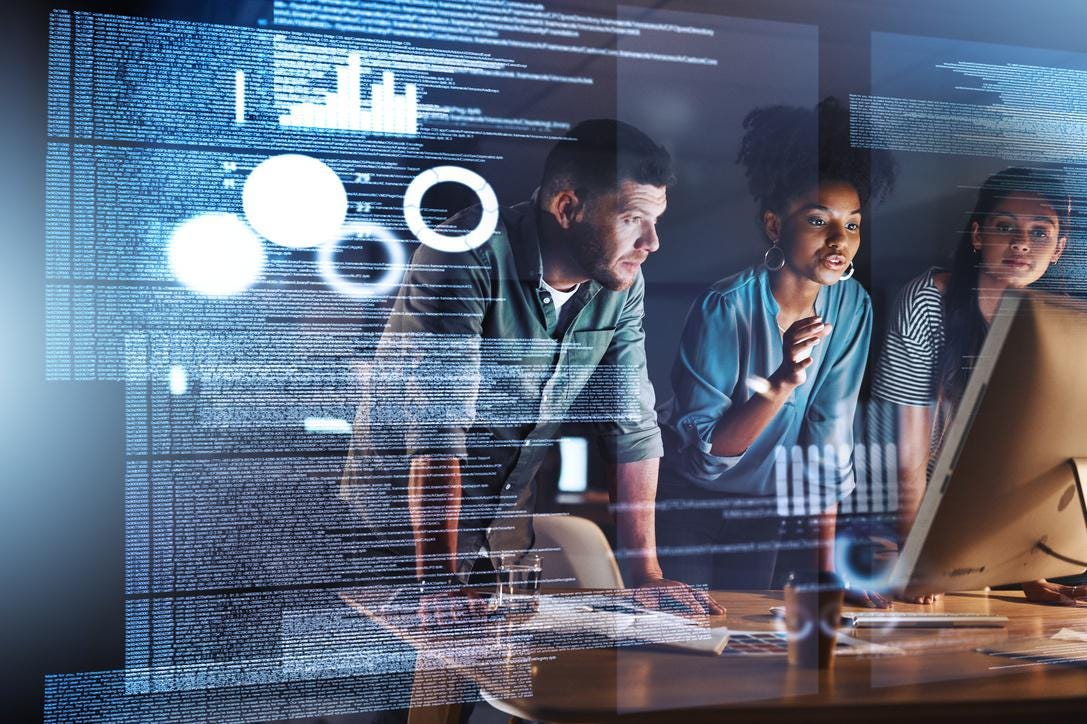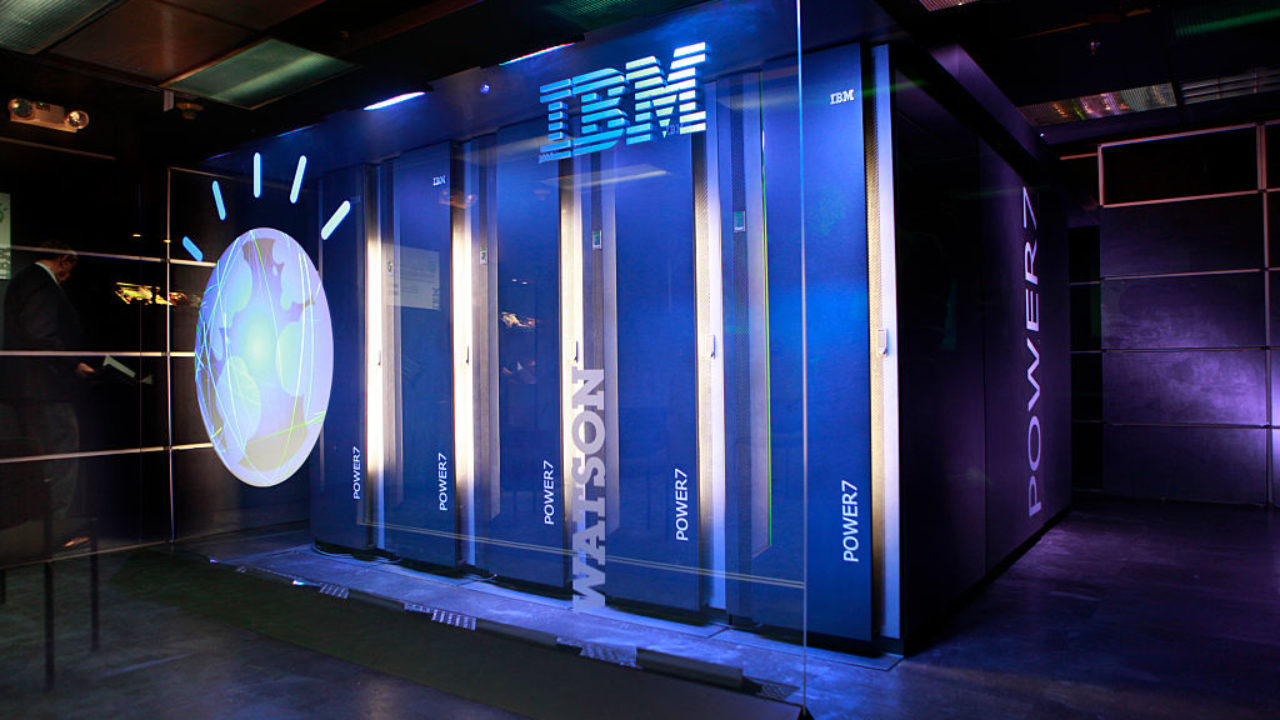
There are many methods to apply machine learning analytics. Two of the most widely used applications are graph analysis and simulation analytics. Simulation is a higher-level type of ML, while graph analysis is a subset. These technologies can be used unsupervised to transform data into actionable insights. Here are some examples from real-world applications
One subset of analytics machine-learning is graph analysis
This subset of analytics-machine learning focuses on graph analysis. Here, vertices of graph data are represented by high dimensional tensors. Application areas include financial data analysis as well as investment analysis. An example of such an application is the analysis the London Underground transport system. Graph theory is used to identify the stations most affected by traffic and determine the impact of station closings.
Graphs allow you to model many kinds of processes and relationships. Graphs are built on nodes (nodes), edges, and connections. Each node contains an edge that indicates a dependency or relationship between nodes. You can also classify graphs as undirected or directed. Graph analytics has many uses.

Analytical machine learning also includes simulation analytics.
Simulation is an important tool in predictive analytics. These models can simulate future events, such as weather forecasts or customer purchases, and can be used for a wide range of applications. The capabilities of simulation tools are expected to increase with the increasing computer power. This article shows how to use predictive analytics and simulation analytics. This article will discuss the benefits of simulation analytics and its application in real-world settings.
Simulation is the use of simulation models to predict future outcomes by imitating a real-world process or system. A simulation's usefulness is determined by its accuracy. Simulation is used in many fields to assess the safety of products, infrastructure, new ideas and modifications to existing processes. Simulation uses many analytical techniques to predict the future. Simulation can also be used as a guide for better decisions when outcomes are not known.
Unsupervised ML
Unsupervised machine learning (ML) offers a powerful exploratory route to data that allows businesses to identify patterns that would be impossible to detect otherwise. Unsupervised learning, for example, can classify similar stories from multiple news sources into a single topic such as Football transfers. The process lends itself well to computer vision, visual perception tasks, and anomaly detection. However, unsupervised learning has many limitations, which should be taken into consideration when using it for analytics purposes.
Clustering, which groups data based their similarities, is one of the most commonly used applications of unsupervised ML. This allows companies to gain valuable insights into the raw data collected through analysis of large amounts of data. These techniques have many advantages. They can be used in order to segment customers or analyze market trends. These are just a handful of the technologies. You can read more to learn about the benefits of unsupervised machine intelligence for your business.

Graph analysis
Graph analysis has many uses. Graph analysis is a useful tool for modeling a wide range of relationships and processes. Graphs are composed of nodes (entities) and edges (relationships between the nodes). Graphs can represent complex dependencies, such as between a person and her friends. Graphs can be either directed or undirected.
Graphs may contain additional information such features or attributes. For example, each node in a video game could have an image associated with it. The CNN subroutine could be embedded in the algorithm to determine which images are nodes. However, a recursive neural networks would analyze a graph of text. The uses of graph classification are just as diverse as the use of graph analytics. These applications range from image classification to the use of social networks.
FAQ
What is the most recent AI invention
Deep Learning is the latest AI invention. Deep learning (a type of machine-learning) is an artificial intelligence technique that uses neural network to perform tasks such image recognition, speech recognition, translation and natural language processing. It was invented by Google in 2012.
Google was the latest to use deep learning to create a computer program that can write its own codes. This was done using a neural network called "Google Brain," which was trained on a massive amount of data from YouTube videos.
This enabled the system learn to write its own programs.
IBM announced in 2015 the creation of a computer program which could create music. Music creation is also performed using neural networks. These networks are also known as NN-FM (neural networks to music).
What do you think AI will do for your job?
AI will take out certain jobs. This includes jobs such as truck drivers, taxi drivers, cashiers, fast food workers, and even factory workers.
AI will lead to new job opportunities. This includes business analysts, project managers as well product designers and marketing specialists.
AI will make your current job easier. This includes positions such as accountants and lawyers.
AI will improve the efficiency of existing jobs. This applies to salespeople, customer service representatives, call center agents, and other jobs.
How does AI affect the workplace?
It will change the way we work. We'll be able to automate repetitive jobs and free employees to focus on higher-value activities.
It will improve customer services and enable businesses to deliver better products.
It will allow us to predict future trends and opportunities.
It will enable companies to gain a competitive disadvantage over their competitors.
Companies that fail to adopt AI will fall behind.
AI: What is it used for?
Artificial intelligence is an area of computer science that deals with the simulation of intelligent behavior for practical applications such as robotics, natural language processing, game playing, etc.
AI can also be referred to by the term machine learning. This is the study of how machines learn and operate without being explicitly programmed.
AI is often used for the following reasons:
-
To make our lives easier.
-
To be better than ourselves at doing things.
Self-driving automobiles are an excellent example. We don't need to pay someone else to drive us around anymore because we can use AI to do it instead.
Which countries are currently leading the AI market, and why?
China leads the global Artificial Intelligence market with more than $2 billion in revenue generated in 2018. China's AI market is led by Baidu. Tencent Holdings Ltd. Tencent Holdings Ltd. Huawei Technologies Co. Ltd. Xiaomi Technology Inc.
The Chinese government has invested heavily in AI development. The Chinese government has set up several research centers dedicated to improving AI capabilities. These centers include the National Laboratory of Pattern Recognition and the State Key Lab of Virtual Reality Technology and Systems.
China is also home to some of the world's biggest companies like Baidu, Alibaba, Tencent, and Xiaomi. All of these companies are currently working to develop their own AI solutions.
India is another country making progress in the field of AI and related technologies. India's government focuses its efforts right now on building an AI ecosystem.
Statistics
- A 2021 Pew Research survey revealed that 37 percent of respondents who are more concerned than excited about AI had concerns including job loss, privacy, and AI's potential to “surpass human skills.” (builtin.com)
- In the first half of 2017, the company discovered and banned 300,000 terrorist-linked accounts, 95 percent of which were found by non-human, artificially intelligent machines. (builtin.com)
- While all of it is still what seems like a far way off, the future of this technology presents a Catch-22, able to solve the world's problems and likely to power all the A.I. systems on earth, but also incredibly dangerous in the wrong hands. (forbes.com)
- According to the company's website, more than 800 financial firms use AlphaSense, including some Fortune 500 corporations. (builtin.com)
- The company's AI team trained an image recognition model to 85 percent accuracy using billions of public Instagram photos tagged with hashtags. (builtin.com)
External Links
How To
How to set up Amazon Echo Dot
Amazon Echo Dot is a small device that connects to your Wi-Fi network and allows you to use voice commands to control smart home devices like lights, thermostats, fans, etc. You can say "Alexa" to start listening to music, news, weather, sports scores, and more. You can ask questions, make phone calls, send texts, add calendar events, play video games, read the news and get driving directions. You can also order food from nearby restaurants. Bluetooth headphones or Bluetooth speakers can be used in conjunction with the device. This allows you to enjoy music from anywhere in the house.
You can connect your Alexa-enabled device to your TV via an HDMI cable or wireless adapter. You can use the Echo Dot with multiple TVs by purchasing one wireless adapter. You can also pair multiple Echos at once, so they work together even if they aren't physically near each other.
Follow these steps to set up your Echo Dot
-
Turn off your Echo Dot.
-
Use the built-in Ethernet port to connect your Echo Dot with your Wi-Fi router. Make sure to turn off the power switch.
-
Open the Alexa app for your tablet or phone.
-
Choose Echo Dot from the available devices.
-
Select Add a New Device.
-
Choose Echo Dot among the options in the drop-down list.
-
Follow the on-screen instructions.
-
When prompted, type the name you wish to give your Echo Dot.
-
Tap Allow access.
-
Wait until Echo Dot connects successfully to your Wi Fi.
-
This process should be repeated for all Echo Dots that you intend to use.
-
You can enjoy hands-free convenience